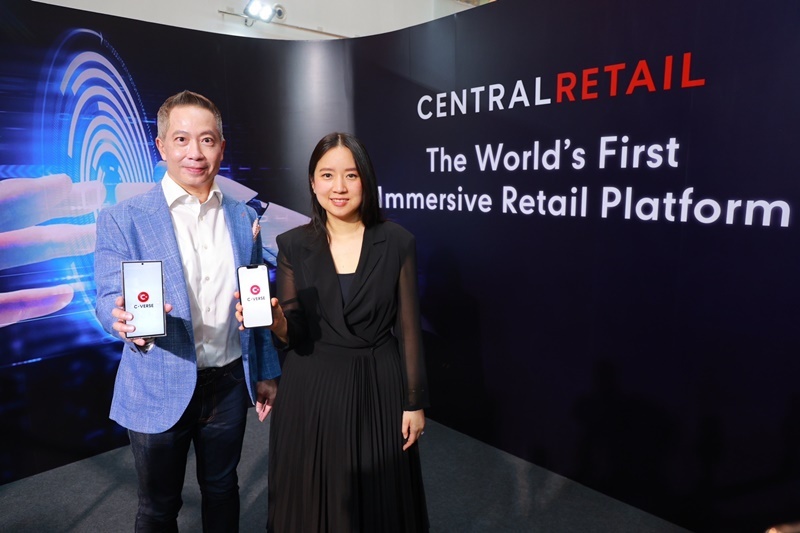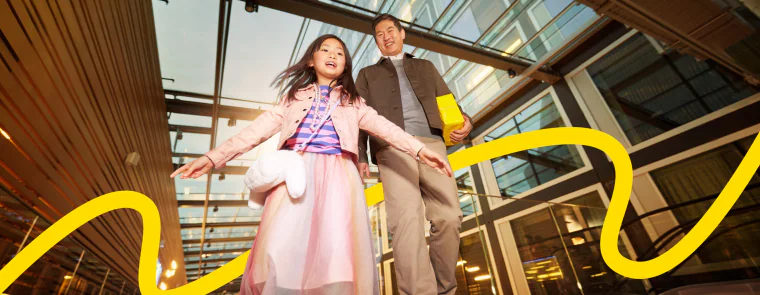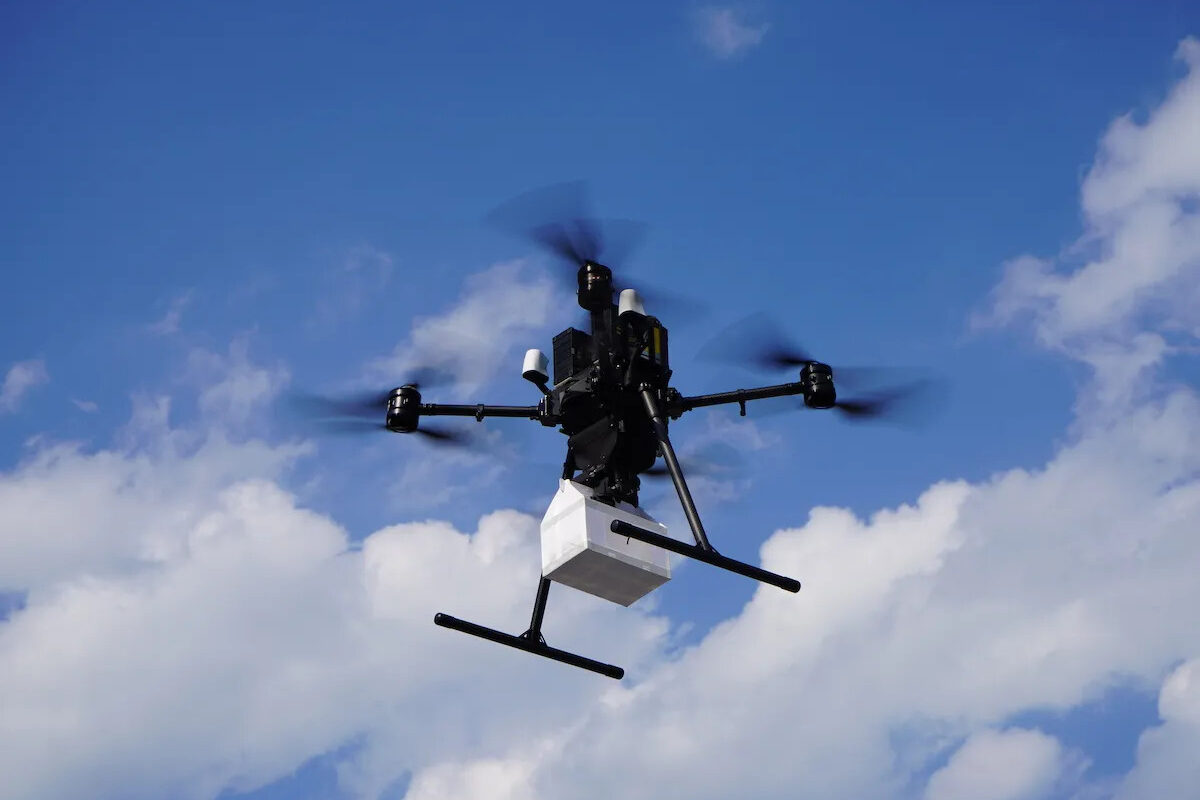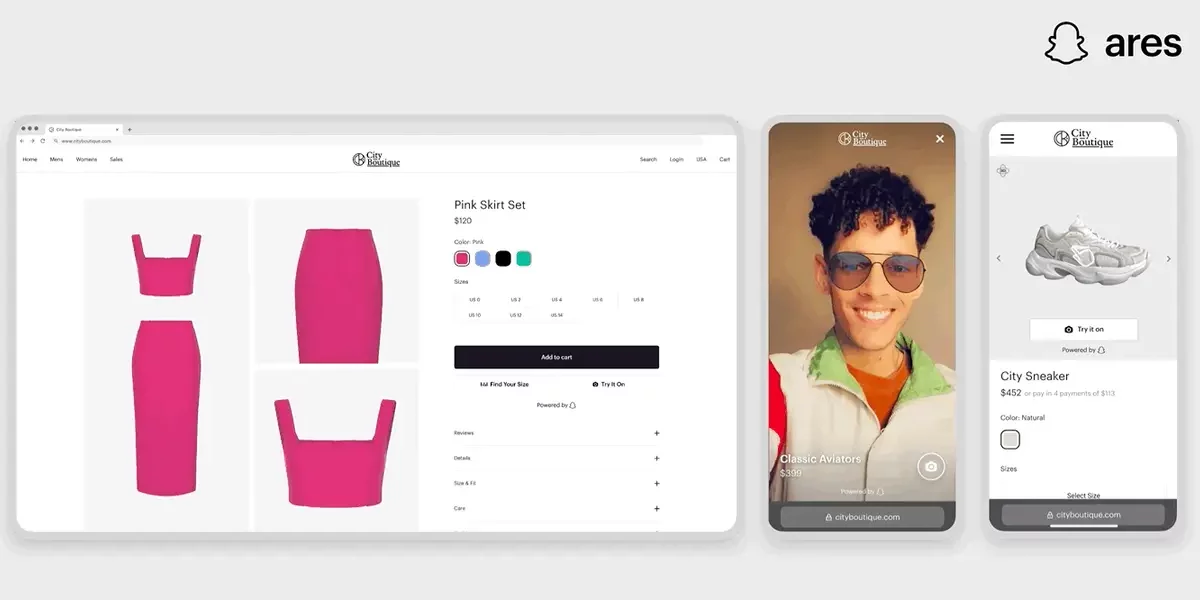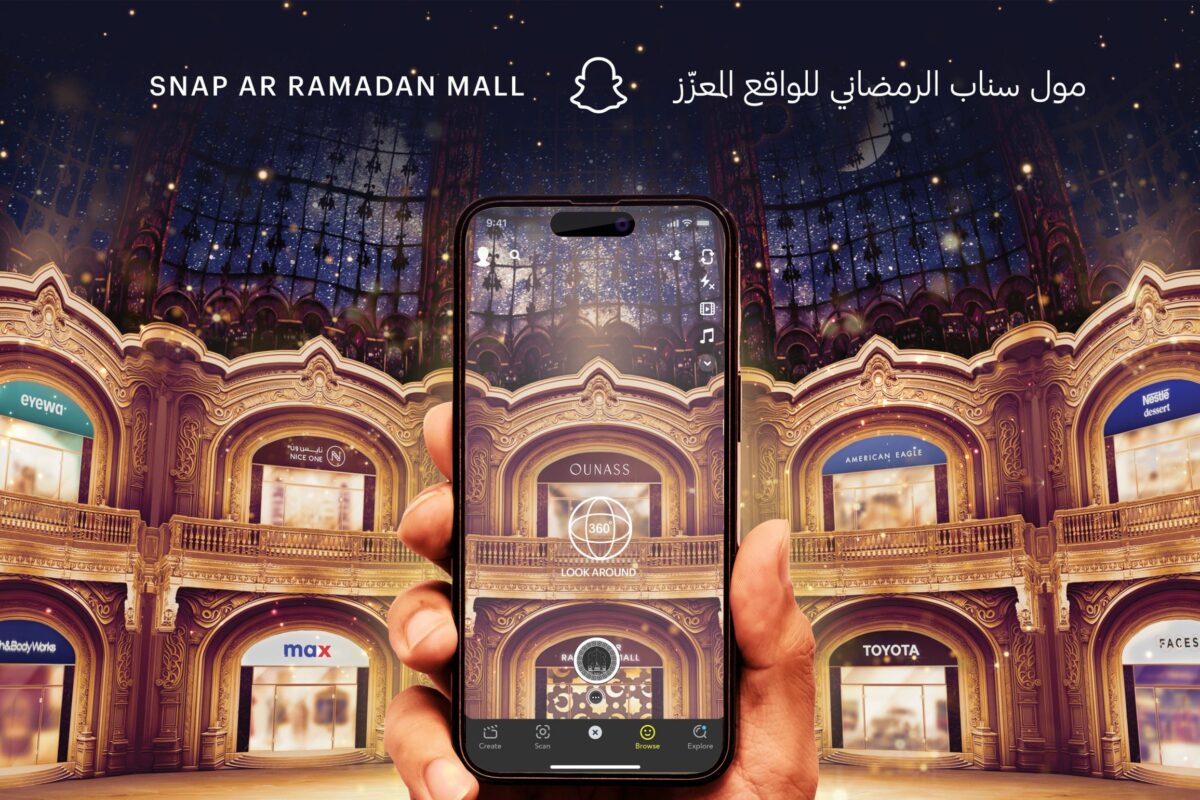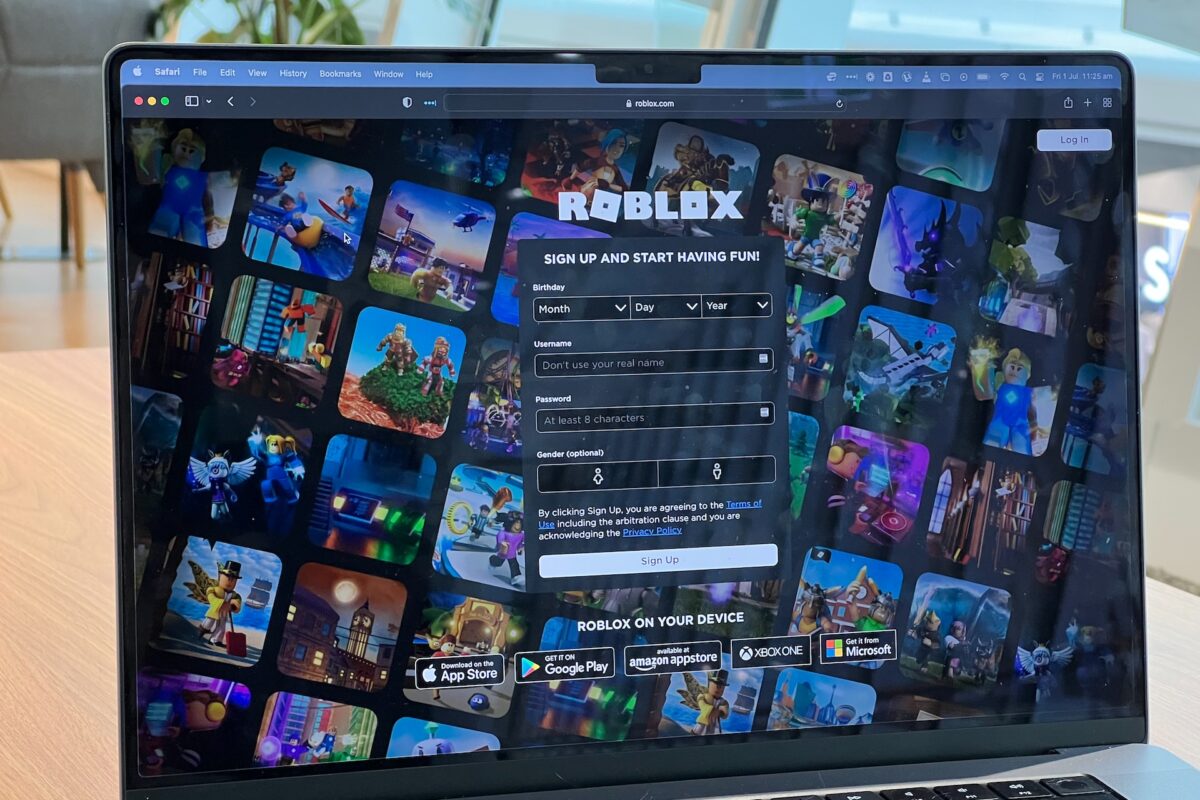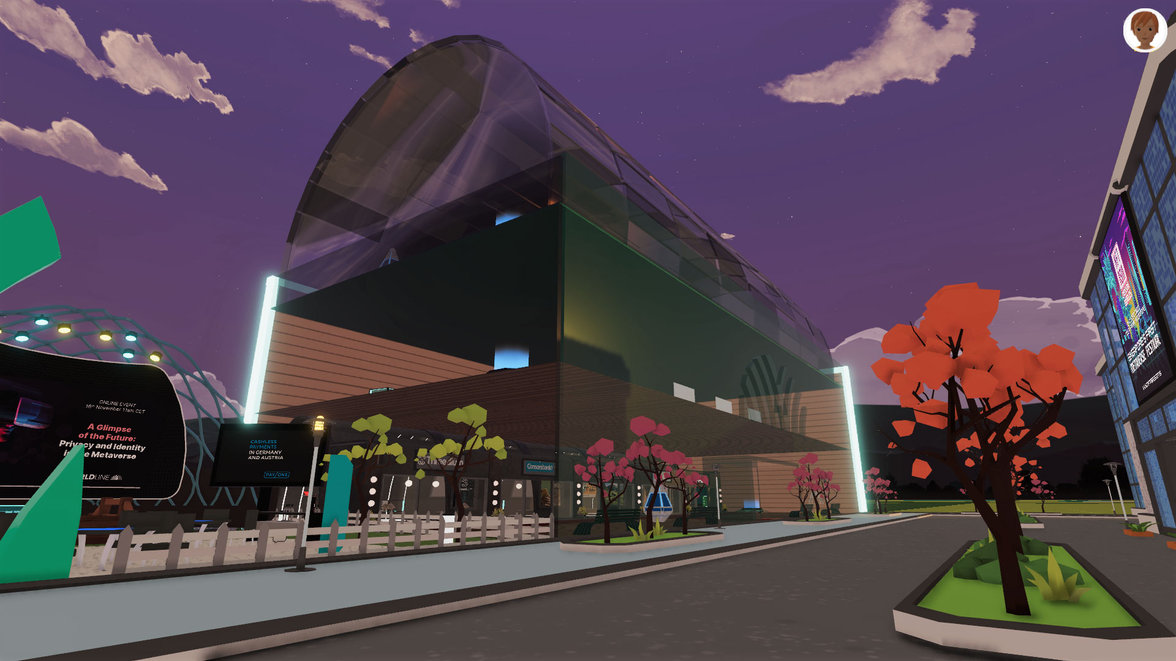AR technology for effective logistics management
We all know examples of front end augmented reality (AR) applications in stores: Customers can use AR retail apps to obtain additional product information or to see what new furniture pieces might look like in their home before they commit to buy.
But how is AR used in the back end, in logistics and retail merchandise management? Frank Lampe, SVP Marketing at Ubimax, explains the advantages of augmented reality.
Mr. Lampe, how do retailers use AR in the back end?
Smart glasses, wearable computers and AR have been successfully applied in the back end for years. This includes uses in warehouses and distribution centers to reduce the number of picking errors. Augmented reality also plays a key role in effective logistics management.
To do this, the existing warehouse management system or order picking system is connected to a platform, which then graphically and intuitively displays the order information step-by-step in the order picker’s field of view.
What are the benefits for retailers?
Apart from faster processes and an improved order picking process, smart glasses and AR also improve employee satisfaction as the job becomes easier. It also significantly reduces employee training time. What’s more, improved workstation ergonomics results in lower employee turnover. Depending on the baseline, logistics management processes can speed up between 15 and 35 percent. There are also drastic reductions in picking errors. In many cases, the solution pays for itself within a year just by reducing wrong deliveries and preventing follow-up costs.
What is your advice for retailers, who want to introduce an AR application?
AR applications in warehouses require the right hardware choice based on the intended use. This might include smart glasses, tablets or smartphones – it all depends on the workplace setting. Smart glasses can increase efficiency thanks to a hands-free operation as employees don’t have to hold any devices. The solution should support different types of hardware and different operating systems such as Android and Windows on one interface.
The management process of devices and the respective software or AR workflows must also be simple and scalable. Statistical evaluation functions and analysis tools are also helpful. Integration into existing IT systems typically occurs through standard interfaces and protocols. Retailers have a major advantage if the service provider already has extensive experience with different systems.
Interview: Julia Pott, EuroShop.mag







